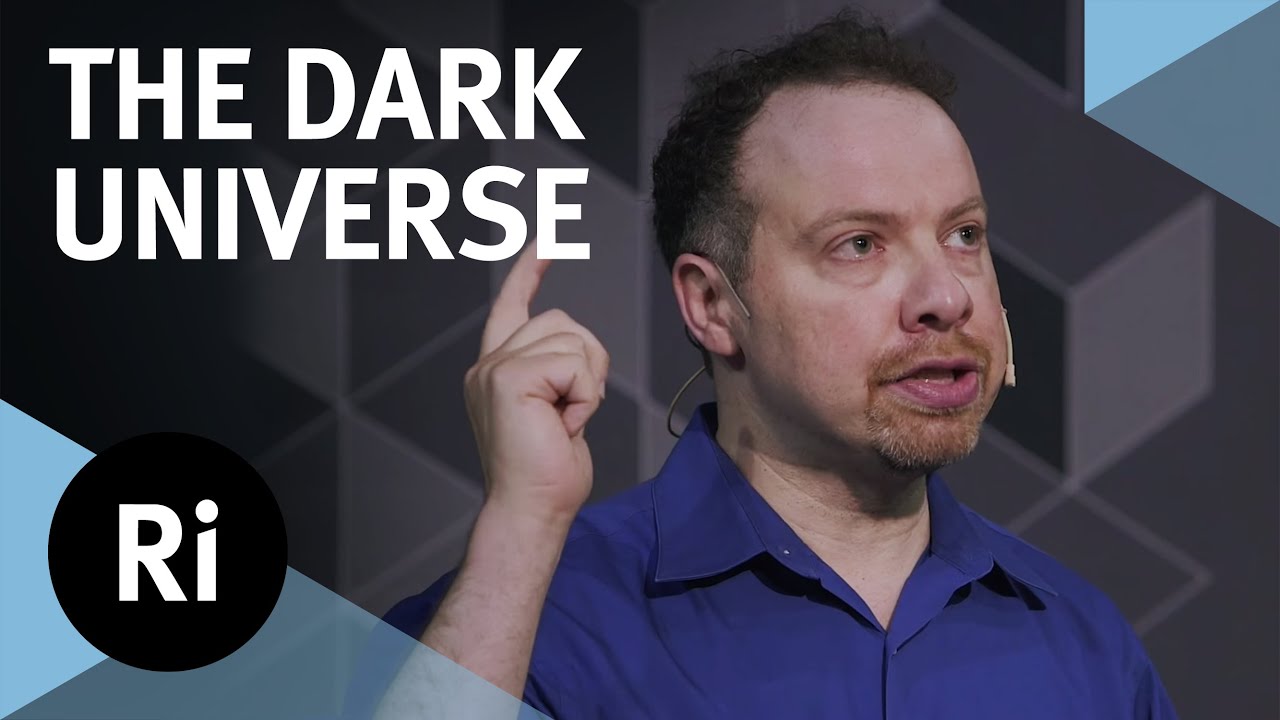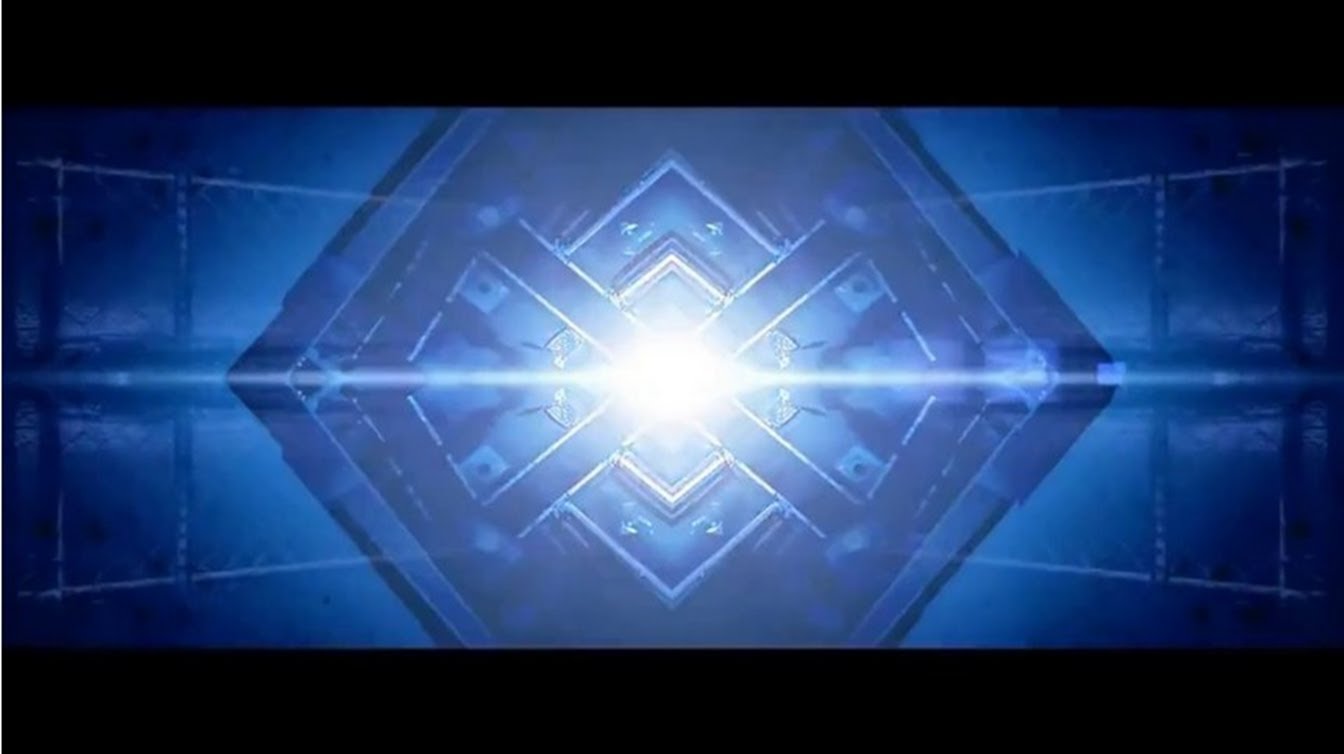The Royal Institution
Leading cosmologists Renée Hlozek, Risa Wechsler, Lucie Green and Nobel Prize winner Adam Riess explore our understanding of dark matter and dark energy.
Watch the Q&A discussion here: https://www.youtube.com/watch?v=O4n7rNpF05c
Subscribe for regular science videos: http://bit.ly/RiSubscRibe
We now think the Universe is packed with invisible materials – dark matter and dark energy – pulling and pushing the parts that we see. BBC Stargazing Live and Sky at Night presenter, Lucie Green explores this frontier of understanding with Nobel laureate Adam Riess and leading cosmologists Renée Hlozek and Risa Wechsler.
Adam Riess is an astrophysicist at Johns Hopkins University and the Space Telescope Science Institute. Riess shared the Nobel Prize in Physics in 2011 for providing evidence that the expansion of the Universe is accelerating. More recently, he has also been awarded the Breakthrough Prize in Fundamental Physics, adding to his many awards and prizes over the years.
Lucie Green is a space scientist based at UCL’s Department of Space and Climate Physics. She studies the atmosphere of the Sun, particularly the immense magnetic fields which sporadically erupt into the Solar System. She is also actively involved in public engagement with science, regularly giving public talks and presenting TV and radio programmes.
Risa Wechsler is an astrophysicist and a professor at the Kavli Institute for Particle Astrophysics and Cosmology at Stanford University and the SLAC National Accelerator Laboratory. Wechsler’s work combines massive cosmological simulations with large galaxy surveys that are mapping the Universe, to study the nature of dark energy, dark matter, and the formation of galaxies. She is currently leading the science collaboration of the Dark Energy Spectroscopic Instrument, which will make a 3D map of 30 million galaxies to elucidate the structure of the Universe.
Dr. Renée Hlozek is the Lyman Spitzer Jr. Postdoctoral Fellow in Theoretical Astrophysics in at Princeton University; the Spitzer-Cotsen Fellow in the Princeton Society of Fellows in the Liberal Arts and is currently a Senior TED Fellow. In 2011, she received her DPhil in Astrophysics from Oxford University as a Rhodes Scholar from the class of South-Africa-at-Large and Christ Church, 2008. Her research focuses on theoretical cosmology; as a member of the Atacama Cosmology Telescope she measures the Cosmic Microwave Background radiation to decipher the initial conditions of the universe.
Follow our speakers on Twitter:
@reneehlozek
@RisaWechsler
@Dr_Lucie
The Ri is on Twitter: http://twitter.com/ri_science
and Facebook: http://www.facebook.com/royalinstitution
and Tumblr: http://ri-science.tumblr.com/
Our editorial policy: http://www.rigb.org/home/editorial-policy
Subscribe for the latest science videos: http://bit.ly/RiNewsletter
Source



Loving the way he just dives straight in and gets on with it.
When I was young they said universe is about 10 billion years old. When I was middle age it became 13 billion years. Now that I am old you say it is 14½ billion years old. In my 60 years universe has become 41/2 billion years older. Was I travelling inspace while you aged so much?
when you do not know structure of photon, electron, nuclei and what gravity is or how the forces manifest within matter, you can not know the universe and all that is made of matter. universe the way you present it is made of series of assumptions due to misinterpretation of data. MG1
where is the desk?
Amazing!
PLANETS? AND YOU SHOW PLUTO?
How will the universe end? (24:02) see http://ed.ted.com/lessons/the-death-of-the-universe-renee-hlozek
Have niggling problem with the Hubble Diagram (yeah I'm dumb what else is new): if redshift tells us speed and luminosity tells us distance, one can see how uniformly expanding space would make those two directly proportional, so we get our nice straight Hubble line when we plot one against the other. However, if we factor in that we see objects further away way back in their past, and that we now assume that the rate of expansion has been changing in time (accelerating) – shouldn't that make the "straight line" actually some sort of curve…?
Any wave travel through a material medium. The medium stay, the wave go. What is the material medium of electromagnetic waves traveling through the spatial "void" ?
This guy is like the Jack Nicholson of astrophysics, "You want the expansion rate? You can't HANDLE the expansion rate!!!!"
Thank you for editing out the typical 15 minute introductory remarks from some guy no one cares about.
when you say 'incredibly hot' ; are we talking vindaloo?
Great Lecture! The level is high and it is a pleasure to watch it!
the fourth person never presented?
Smart Jew. We like him.
I would like to propose a dark matter candidate not mentioned in this presentation. The dark matter candidate is neutron groups. A neutron group is a group of two or more neutrons which are bonded together and can be described as an atomic nucleus without the protons and of course no orbital electrons. Such neutron groups would be stable just as neutrons in an atomic nucleus are stable.
A single independent neutron will decay into a proton and an electron with a mean lifetime before decay of around 15 minutes. A neutron group does not decay just as a neutron in a nucleus does not normally decay.A neutron group would be invisible an unaffected by light.
More about the formation of neutron groups here: https://www.academia.edu/5009126/The_evolution_of_the_universe
Or search Google for:
Richard Lewis The Evolution of the Universe
"There is no center of the universe" is often trotted out by physicists and cosmologists. It's like some unalterable command or belief! It's true that, from our perspective or from other hypothetical perspectives, nearly all matter is rushing away from us and from everything else (or, if you like, space is expanding) {although the Andromeda galaxy is definitely heading our way!) so there is no obvious center. BUT, if we are to believe that there was an original 'Big Bang' or 'super singularity' that exploded, then some region of space, perhaps now lost in the subsequent movement and chaos, must still theoretically exist. However, if you take a close look at the diagram of the cosmic microwave background, there are a couple of regions which are extensive, and appreciably cooler than the general homogeneity. The brilliant measurements since KOBE have allowed us to determine this. I have yet to see a good explanation of why this is.
In the future, most of the universe will be too far away from us and we would no longer see it. It implies that the universe we see today may be just part of the whole universe — much of it is too far away from us. Our local stars will be pulled together by gravity and eventually back to a singularity. This singularity will explore again and expand just like the last time.
It is amazing that scientists can talk so confidently about the universe without knowing more than 95% of the universe. If I were a flog sitting in a deep well, I could also easily explain all my observations by a simple story (say, a big bang or a super flog/God).
I would never believe a story of the universe based on a singularity. If this is true, why not happen again since and why not I have seen one by myself? Before this story, for thousands of years, we were told that the world was created by God. Now we were told that is created by Big Bang. Do we again need a few thousands of years before a new story comes out?
So in a nutshell, we don't know anything yet. We can see something ought to be there, but that's it. Could be anything as of yet.
Nice ti tz
The expansion of space is EQUIVALENT to galaxies moving away. There is no difference between "space expanding" and "Galaxies moving away" in General Relativity, whether the redshift is due to gravitational potential or due to relative motion is a matter of convention about your words. It is a ridiculous thing to talk to lay-people about this without using logical positivism. The Newtonian Big-Bang (all galaxies moving away at a speed proportional to their distance plus mutual gravity) is the nonrelativistic limit of FRW cosmology, and the Newton-Hooke model (Newton Big Bang plus uniform spring-force pushing away from the center) is the nonrelativistic limit of cosmological constant FRW.
There is several good reasons why understanding the nature of dark energy is not developing as would a real form of energy. The method of analyzing the supernovae events is fatally flawed and so bad it is not even wrong. I learned to avoid these mistakes while in 1st year college physics.
I wish to write a story. I need you to make it mathematically possible. If I wanted to do the Math, I would have stayed in school. ?
I see our universe as a living, breathing, organism. It makes little difference how it ends. Somehow it breaths in and out.
900,000 Trillion Years From Now. Will black holes combine to form a singularity capable of generating a Big Bang? Will Dark Matter Leave A Frozen Universe Behind? I think senseless thoughts.
24:51 The change of accent :))))))
paul giamatti has a brother
30:30 is the best